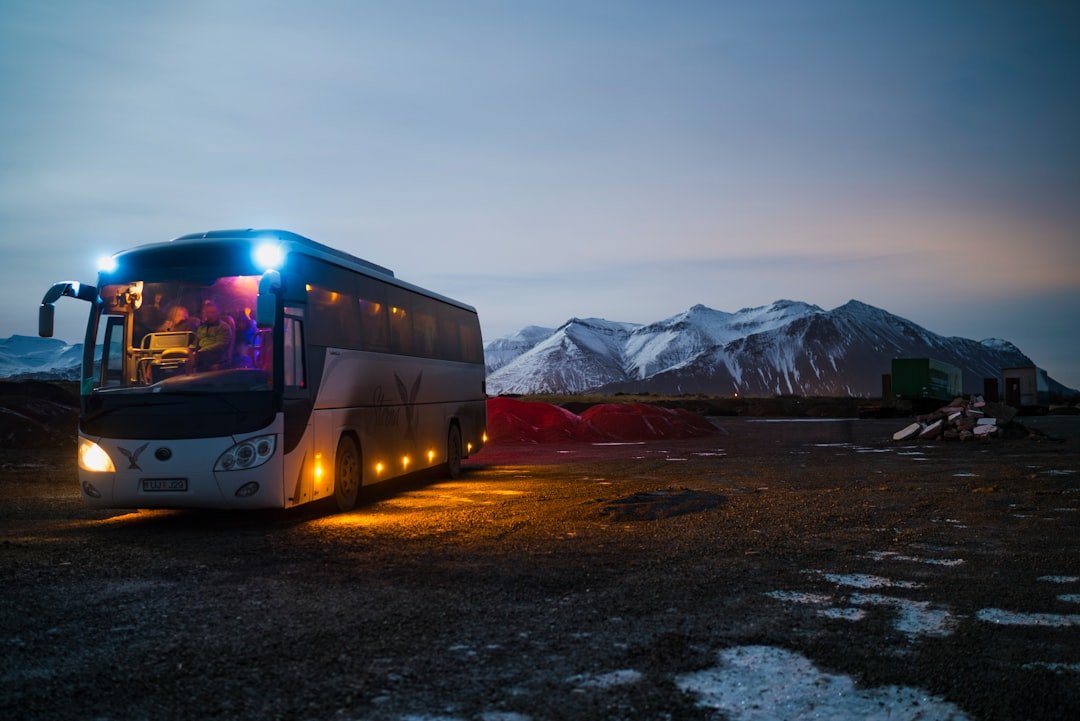There was a time when overnight buses seemed like the perfect travel solution. Save money on a hotel, wake up in a new city, and maximize your vacation days. It sounded brilliant until I experienced the harsh reality firsthand. Three uncomfortable, sleepless nights and one genuinely scary incident later, I changed my mind completely.
My perspective shifted after researching the statistics and talking to fellow travelers who shared similar experiences. What I discovered made me realize that the convenience of overnight buses comes with hidden costs that go far beyond the ticket price.
The Alarming Safety Statistics That Changed My Mind

Bus accidents are far more common than most people realize, with thousands of bus accidents occurring annually in recent years. Recent data shows that several hundred prove fatal for one or more people involved. Each year, more than 250 lives are lost and about 15,000 people are injured in bus accidents across the United States. Most fatalities actually occur among occupants of other vehicles, motorcyclists, or pedestrians rather than passengers inside the bus, but that doesn’t make the statistics any less concerning when you’re planning to spend eight to twelve hours on one of these vehicles.
Driver Fatigue: The Hidden Danger of Night Travel

The strongest factor influencing driver fatigue was determined to be time of day of driving, with drowsiness being greatest during night driving. Peak drowsy time for driving occurs between midnight and 6 AM, as well as in the late afternoon. Studies show that 13 percent of commercial motor vehicle drivers were fatigued at the time of accidents. Many commercial vehicle crashes occur within the first hour of driving, which researchers believe could be due to sleep inertia. When you board an overnight bus, you’re essentially putting your life in the hands of someone fighting their own biological clock.
The Physical Toll Nobody Talks About

Overnight bus travel wreaks havoc on your body in ways that became painfully obvious after my third attempt. The cramped seating positions cause muscle stiffness and joint pain that can last for days. Your spine gets no proper support for hours on end, leading to lower back problems that I’m still dealing with months later. Sleep deprivation compounds these issues, leaving you feeling like you’ve been hit by a truck rather than riding in a bus. The constant vibrations and sudden stops make quality sleep nearly impossible, even for the deepest sleepers.
Security Concerns That Keep Me Awake at Night

Only a tiny portion of serious crimes occur on transit properties, far smaller than transit’s share of trips, indicating that transit travel has low overall crime risks. However, the reality feels different when you’re half-asleep at 3 AM with strangers all around you. Bus stations in major cities can be sketchy during overnight hours, and you have little control over who sits near you during the journey. Personal belongings are vulnerable while you attempt to sleep, and bathroom breaks mean leaving your seat unattended. The isolation of overnight travel creates opportunities that simply don’t exist during daytime trips.
Weather-Related Risks Multiply at Night

Research reveals that “manoeuvres and car invading lanes in the opposite direction” in “clear and cloudy weather” has a high probability of occurrence, while rainy weather significantly affects all accident causes. Overnight travel often means encountering changing weather conditions that drivers must navigate in reduced visibility. Fog, rain, and ice become exponentially more dangerous when combined with driver fatigue and the pressure to maintain schedules. The risk assessment becomes even more complex when you consider that emergency response times are typically longer during nighttime hours.
The False Economy of “Saving” Money

The supposed cost savings of overnight bus travel disappear when you factor in the hidden expenses. You’ll likely need an extra day to recover from the poor sleep, potentially costing you vacation time or productivity. The physical discomfort often requires pain medication or massage therapy. Your first day at your destination is essentially wasted due to exhaustion and discomfort. When you calculate the true cost per hour of useful travel time, flying or taking daytime transportation often proves more economical. The stress and health impacts add another layer of hidden costs that most people never consider.
Better Alternatives That Actually Work

After swearing off overnight buses, I discovered several alternatives that offer better value and peace of mind. Early morning flights are often cheaper than evening ones and get you to your destination refreshed. Daytime bus travel allows you to see the scenery and arrive alert enough to enjoy your first day. Train travel, where available, provides more space and comfort for overnight journeys. Budget hotels near airports or bus stations can cost less than the hidden expenses of overnight bus misery. Even car rentals become attractive when you split costs among multiple travelers and maintain control over your schedule and stops.
